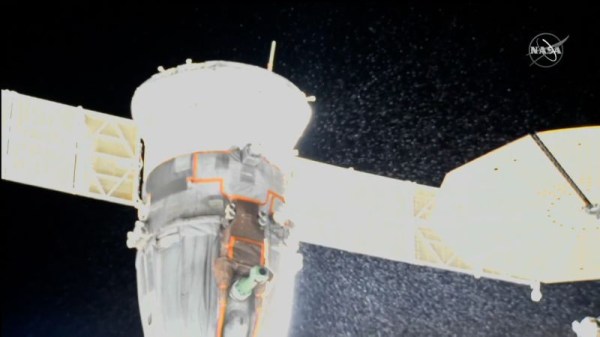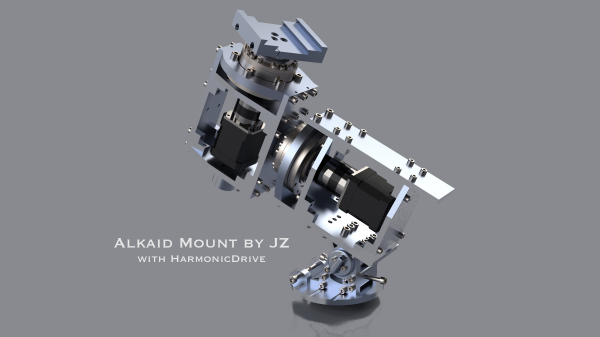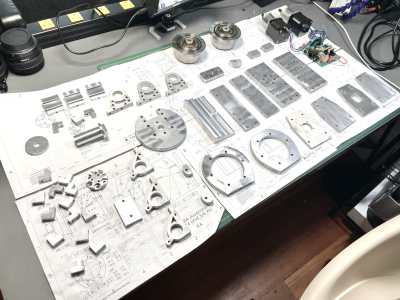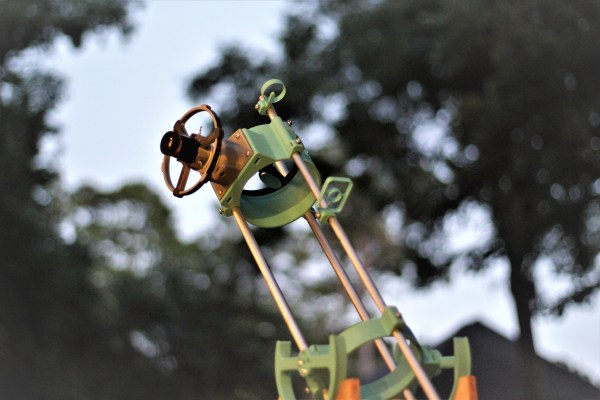A country’s first orbital satellite launch from home soil is a proud moment, even when as is the case with Virgin Orbit, it’s not from the soil itself but from a Boeing 747 in the stratosphere over the sea. The first launch of the under-wing rocket took place yesterday evening, and pretty much every British space enthusiast gathered round the stream to watch history being made somewhere over the Atlantic south of Ireland. Sadly for all of us, though the launch itself went well and the rocket reached space, it suffered an anomaly in its second stage and failed to reach orbit.
No doubt we will hear more over the coming days as we’re sure they have a ton of telemetry data to work through before they find a definitive answer as to what happened. Meanwhile it’s worth remembering that the first launch of a new platform is a test of a hugely complex set of systems, and this one is certainly not the first to experience problems. It’s the under-wing launch that’s the interesting bit here, and in that we’re glad to see that part of the mission as a success. We know there will be a secomd launch and then many more, as not just the UK’s but Europe’s first launch platform from native soil becomes a viable and hopefully lower-cost launch option than its competitors.
People with very long memories will remember that this wasn’t the first time a British satellite launch attempt failed at the second stage and then went on to launch successfully, but Black Arrow launched Prospero back in 1971 from the Australian outback rather than the chilly North Atlantic.
Header: Österreichisches Weltraum Forum, CC BY-SA 4.0.







 for anything to be seen at all, through the noise. But, this ball of rock we sit on is rotating constantly, so the only solution is to track the object of interest, to compensate. This is referred to as equatorial tracking, and allows the rotation of the Earth to be compensated for during a long exposure.
for anything to be seen at all, through the noise. But, this ball of rock we sit on is rotating constantly, so the only solution is to track the object of interest, to compensate. This is referred to as equatorial tracking, and allows the rotation of the Earth to be compensated for during a long exposure.











